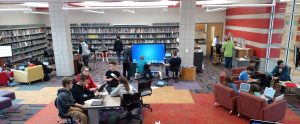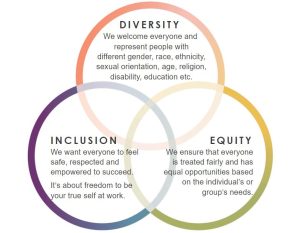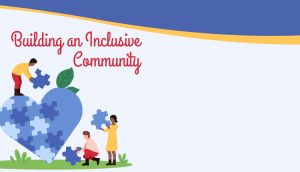
As an information professional, librarians must be open and willing to be lifelong learners. The main mission of libraries is to provide open and equitable access to a variety of resources and learning opportunities for community members. Staff offer a wealth of knowledge for their communities but they must continue to seek new methods, practices, and information in order to adequately serve patrons. If staff knowledge becomes stagnant the community will lose faith in the library and look for answers elsewhere. So how can information professionals and library staff continue to learn and grow professionally and how can their leaders ensure they have the proper tools to continue this development?
As discussed in the infinite learning module there are a variety of methods for staff to have professional learning experiences including attending conferences, participating in TedTalks, engaging in mentorships, undergoing new training, and more! The way that an individual learns varies from person to person and does not matter as much as what they are learning and experiencing. By being open to continuing their education and willing to fully immerse themselves, library staff are committing to serving their patrons to the best of their ability.
Of course this is easier said than done and there are many factors to consider such as professional development budgets, limited staff time, and fear of change. Some libraries are operating with limited budgets and may not even have funds allocated for their staff to continue their learning. This is where leaders can think outside of the box and develop mentoring programs where individuals with different experience can network with each other and share their different practices. This will benefit both sides as newer professionals can share what they have recently learned and what is trending and more experienced professionals can share what they have handled and learned along their journey. As Michael Stephens shares in The Research Journey some individuals don’t have the encouragement or proper time given to further their research and learning. Library leaders must carve out time for professional development to allow their staff to grow and feel well equipped to handle this ever-evolving world. For some, change can be daunting and routine can feel safe. Living in the norm is secure and known and shaking things up can be met with backlash and frustration. A professional who has been doing the work for years may feel they have nothing left to learn and do not need further learning experiences. A reminder of the library’s mission and how much has changed within society and technology may help them see the bigger picture. Meeting staff where they are in the process may also help them feel comfortable in trekking the unknown.
If we want to serve our communities how they should be we have to be willing to continue self-reflection and feel empowered to learn something new.




